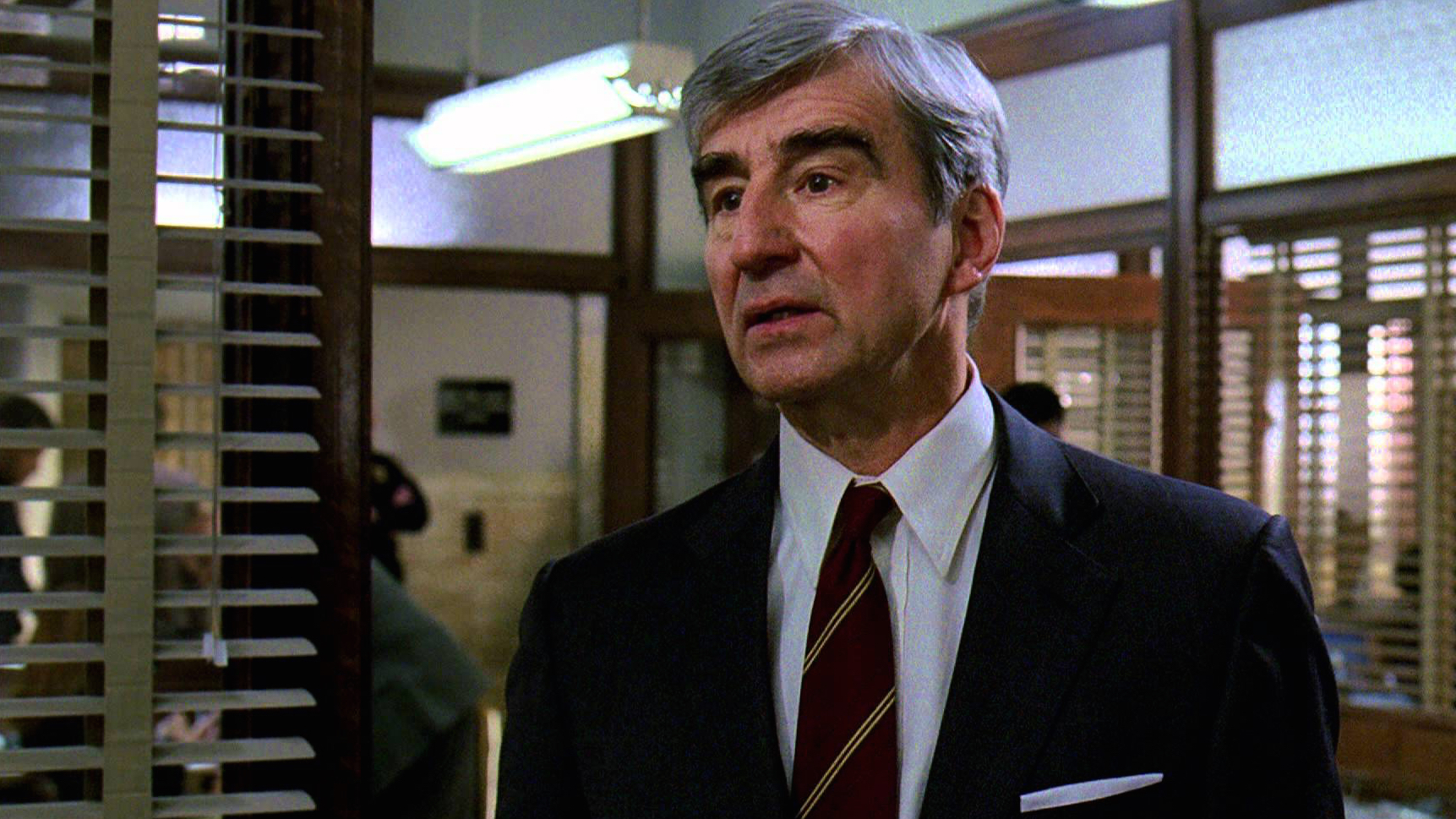Last night, I watched “The Butterfly Effect: The Director’s Cut” on DVD. Wow. I had seen the theatrical release, which I regarded as an A-class B movie. But, still, a B movie. The Director’s Cut adds seven minutes and a new ending that work quite well. The movie still operates outside believable reality, but I’m not sure it’s meant to be believable. The movie—well, the Director’s Cut, anyway—works well as pure fantasy.
I often wonder at the forces that shape movies during final production, as the influence of studio chiefs and test audiences come to bear. In this case, their impact was negative. The Director’s Cut adds more depth to the main characters, appropriately drawing out the mother-son relationship before the wicked alternate—and I assume original—ending. And I found the new ending to be much more satisfying and poetic. Were the previous two still births the same fate as Evan’s?











